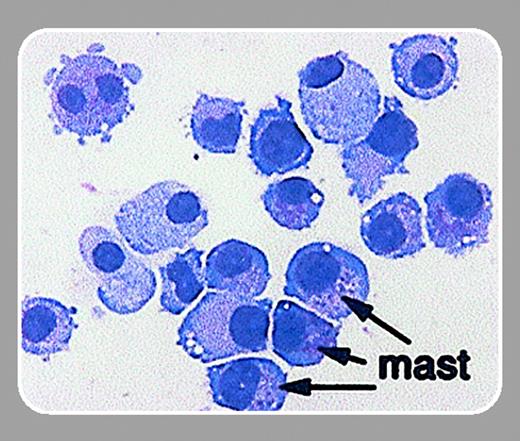As in gardening, experimentation in the field of stem cell biology involves a measure of faith. Once the dormant seeds are planted, one must wait in anticipation for nature to take its course. On those sad occasions when nothing grows, one must evaluate the nature of the seed and the quality of the soil, and simply try again using the lessons learned from previous attempts. In the case of hematopoietic stem cells (HSCs), the dormant seeds are not fully characterized. A variety of studies have suggested that while the major HSC population in the mouse can be isolated by phenotype, numerically minor subsets remain to be found. Why do minor subsets matter when the major HSC population is fully capable of promoting rapid and sustained engraftment at a clonal level? The quest for ever-more-primitive stem cells has its roots in historical observations of the spleen colony-forming unit (CFU-s), once thought to represent the HSC but now known to largely be the product of more differentiated progenitors. Perhaps the most primitive of marrow stem cells may even be capable of differentiation into nonhematopoietic lineages, such as endothelium or other tissues, in addition to committing to hematopoietic development.FIG1
One difficulty encountered in seeking the mother of all HSCs in the marrow is the question posed in the title of this essay. Since little is known of the biology of these cells, it is not obvious how one might use defined culture conditions to study them. Another difficulty is the challenge of isolating rare cell populations, especially since primitive stem cells that may contaminate any given cell preparation at a level too low to be directly detected may nonetheless be a major source of growth. These issues make the quest for ever-more-primitive stem cells a daunting task indeed, and one that requires rigorous clonal analysis in a model system amenable to manipulation.
In this issue of Blood, Klarmann and colleagues (page 3120) use several culture conditions to promote the growth of mouse bone marrow cells that lack expression of c-kit, a receptor tyrosine kinase expressed at high levels by the major HSC population in mice. Previous studies have shown that c-kit–negative (c-kitneg) cells fail to form CFU-s, radioprotect mice that underwent transplantation, or produce colonies in culture. However, competitive transplants, in which radioprotection is provided independently of c-kitneg cells, showed the derivation of c-kit–positive (c-kitpos) HSCs from transplanted c-kitneg cells. The new work extends these data by reproducing this result in a culture system. Although in some cases the conversion to c-kitpos was due to expansion of mast cells, in other cases c-kitneg cells cultured for 25 days were capable of reconstituting animals that underwent transplantation in a competitive repopulation assay. It is important to note that all cultures were initiated using 500 or more cells, suggesting either that the critical cell is a rare member of the total population or that cell-cell interactions not provided at a sufficient level by the feeder cells are important. It is also possible that the cultures can be further optimized to allow for clonal analysis of the cells responsible for initiating growth in the cultures. As in the garden, progress in the laboratory is slow but ultimately rewarding.



